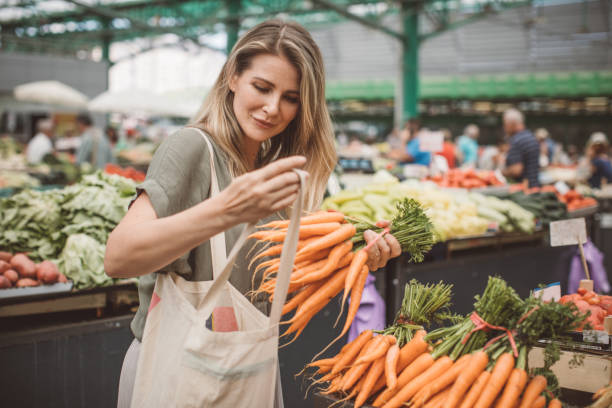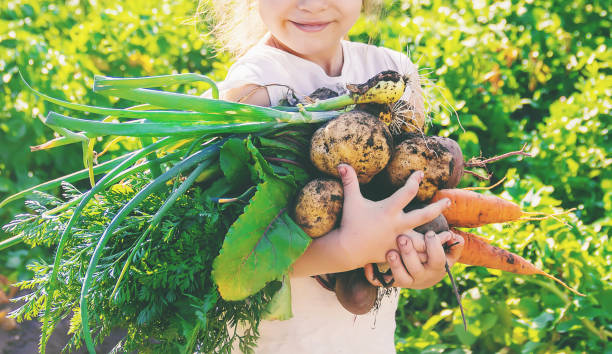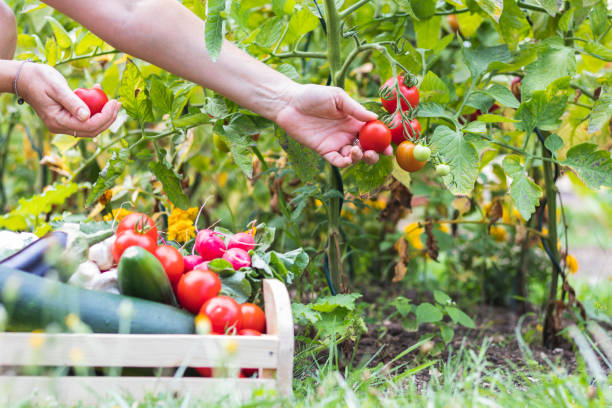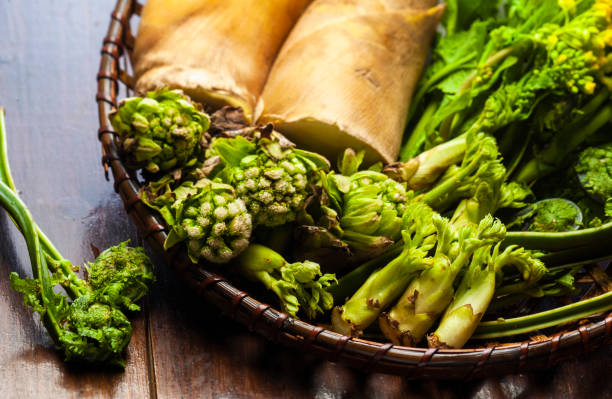With weather conditions, rising energy prices, and inflation, the note for fruits and vegetables is salty. Fortunately, simple and effective tricks exist to lower the bill.
The checkout should be more painful in the coming weeks. While the prices of gasoline, pasta, coffee, and eggs continue to rise, fruits and vegetables are not spared. With the increase in the price of gas, inflation, and the freezing of crops, tomatoes, cucumbers, or plums should cost more. However, there is no question of doing without fruits and vegetables, because as the famous saying goes, “five fruits and vegetables a day are necessary to maintain good health”. So to continue
Eating seasonal produce

Strawberries, tomatoes, and cucumbers in January, it’s better to forget! Adapting your menus to the rhythm of the seasons allows both to save money but also to respect the environment. Since they do not travel thousands of kilometers by boat and are not grown in greenhouses, their cost is much more reasonable. Their taste too!
Change your sources of supply
To benefit from the best rates, it is better not to get your fruits and vegetables always in the same place. Change your habits by opting for alternative sources of supply such as markets, beehives, AMAP (Association for the Maintenance of Peasant Agriculture), or producers’ shops. You can also take advantage of the various promotions available in hypermarkets.

Focus on raw products
It is better to avoid pineapples already cut, carrots already grated or salads in sachets. On average, the latter cost up to five times more than raw fruits and vegetables.
Think about canned and frozen foods
Although it is better to consume fresh, frozen, and canned fruits and vegetables remain an interesting economical alternative. They also allow us to consume strawberries (frozen) in December or white beans in April. Another significant advantage: already cut and peeled, they save us precious time. Be careful, however, of their salt content, ultra-processed products, and sauce. Small preference for freezing, which allows for better-preserved vitamins than preserves.

Buy ugly or faded fruits and vegetables
Once on the tile, “ugly vegetables” have been back on the front of the stage in recent years. To fight against food waste, some major brands offer baskets of fruits and “faded vegetables” at unbeatable prices. This is the case, for example, of Lidl, which sells crates of unsold fruit and vegetables for only €1. These same operations can also be found in organic stores.
Keep your fruits and vegetables well
To reduce your expenses at the primeur, it is better to prevent your fruits and vegetables from molding at the bottom of the fridge. To extend their shelf life, there are some tips: leave the banana on its bunch to prevent it from blackening, keep the salad already washed and wrung out in a freezer bag with a paper towel, or place the strawberries in perforated trays …

Recycle peelings
If everything is good in the pig, everything is good in fruits and vegetables as well. As surprising as it may seem, peelings, seeds, trogons, tops, and bark are also eaten… but otherwise. So, don’t throw them away anymore!
Don’t miss interesting posts on Famousbio










